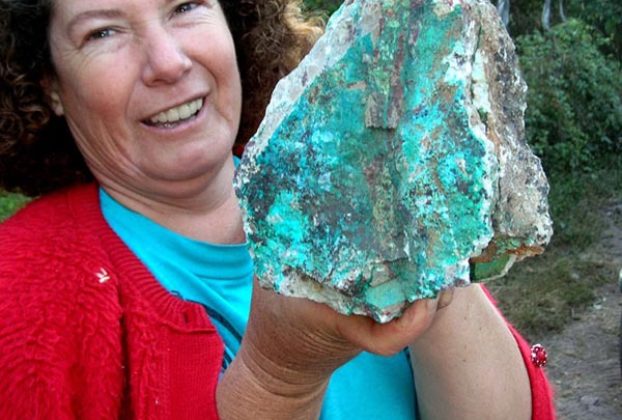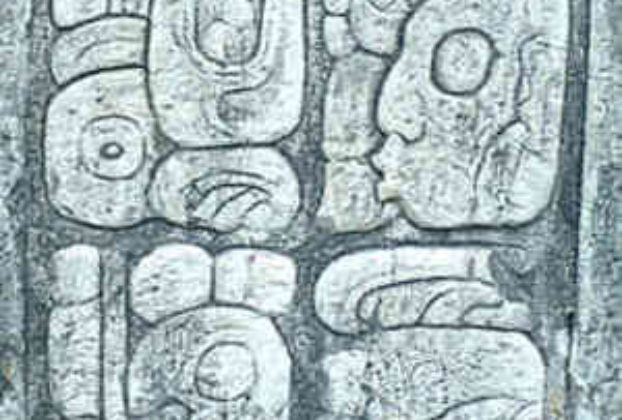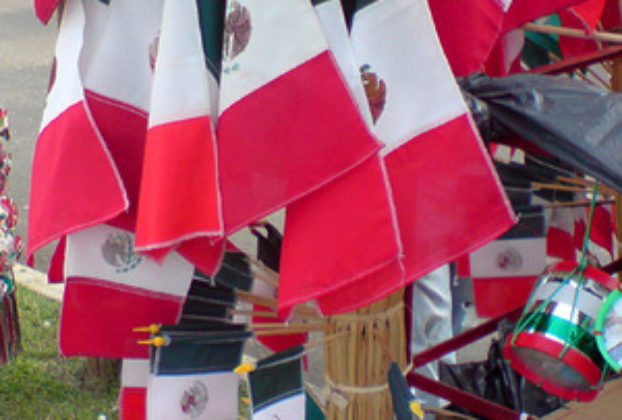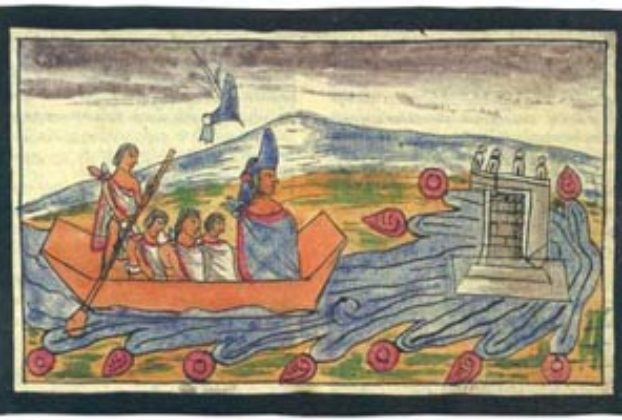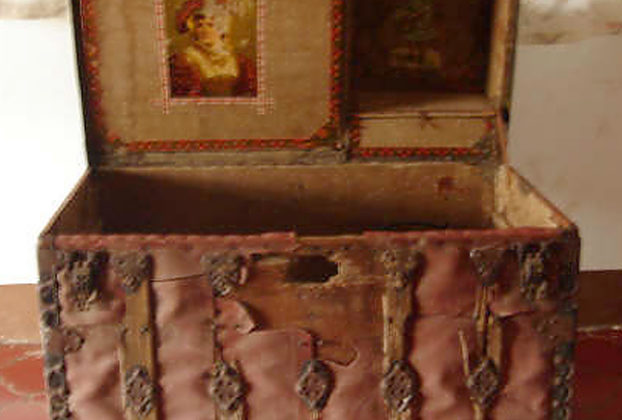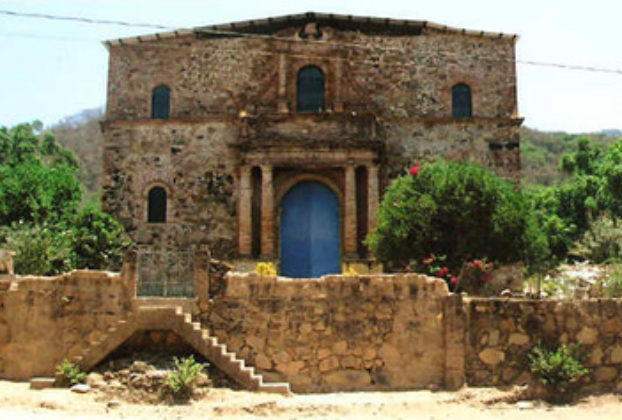Ruins and memories of Mexico’s El Amparo Mining Company
In 1916, the Amparo Mining Company had the most successful silver mines in Jalisco and was making money hand over fist. Although it was located pretty much in the middle of nowhere, 65 kilometers due west of Guadalajara near the town of Etzatlan, rumors abound that a bustling community of some 6,000 souls once lived […]
Continue Reading
